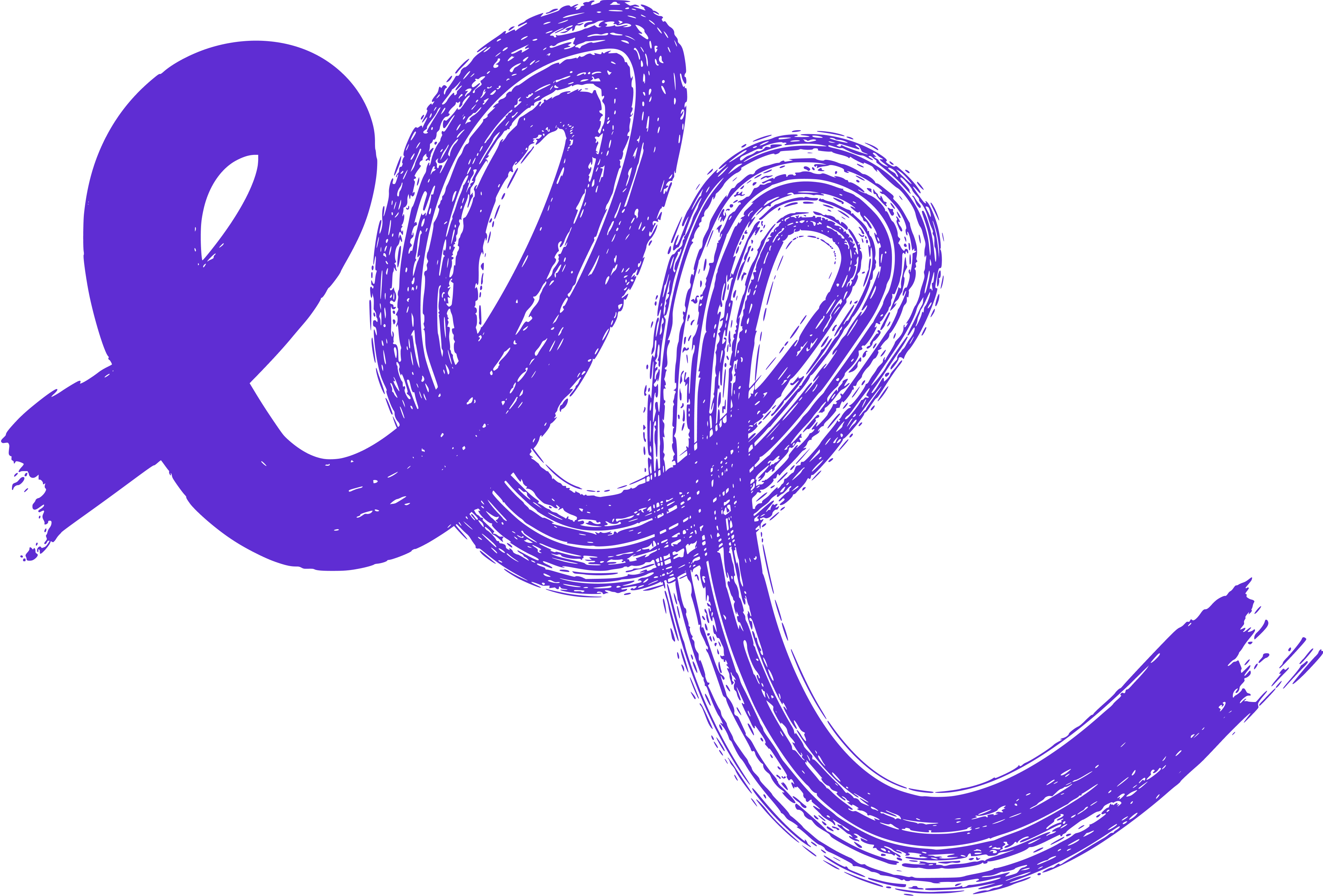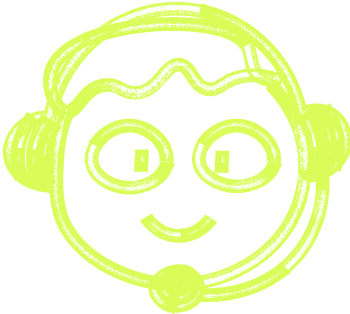🌍 All
About us
Digitalization
News
Startups
Development
Design
SaaS Application Development: A Comprehensive Guide by Startup House
Marek Majdak
Nov 30, 2022・5 min read
Table of Content
Introduction to SaaS Application Development
Definition of SaaS
Benefits of SaaS
Types of SaaS Applications
Prerequisites for SaaS Application Development
7 Steps to Build a SaaS Application
The Required Team and Tech Stack to Develop a SaaS
Overview of SaaS Development Challenges
Cost of SaaS Application Development
How to Find a Reliable SaaS Development Partner
Conclusion
FAQs:
Introduction to SaaS Application Development
The realm of software development has evolved, giving rise to innovative models like Software as a Service (SaaS). Startup House, a prominent name in the software development niche, dives deep into the intricacies of SaaS application development, unveiling its potential and why businesses are rallying towards it.
Definition of SaaS
SaaS stands for Software as a Service, a cloud-based service where instead of downloading software on your desktop PC or business network to run and update, you instead access an application via an internet browser. The software application could be anything from office software to unified communications among other business apps that are available. This hands-off approach allows users to access their software from anywhere. For a deeper understanding, consider checking out these resources: Uptech and Cleveroad.
Benefits of SaaS
SaaS solutions, like those offered by Startup House, come with an array of benefits:
Cost-Effective: Eliminates the upfront cost of purchase/installation, as well as ongoing costs like maintenance and upgrades.
Accessible Anywhere: As they're cloud-based, all you need is an internet connection.
Automatic Updates: Eliminates the hassle of updating your software.
Scalability: Offers flexibility and various features.
Security: Most SaaS solutions follow stringent security standards, including regular security updates.
To delve deeper into the benefits, click here.
Types of SaaS Applications
Broadly categorized, there are two main types of SaaS applications:
Business Applications: These are geared towards business operations and their enhancement. Examples include customer relationship management, enterprise resource planning, and much more.
Consumer Applications: Designed for the general public, these include email, collaboration, and virtual event platforms.
Prerequisites for SaaS Application Development
Before venturing into SaaS application development, certain prerequisites need attention:
Market Research: Understand the SaaS market, its demands, competition, and the niche you wish to target.
Technical Requirements: Determine the technical specifications, cloud provider, and infrastructure you'd need.
7 Steps to Build a SaaS Application
Developing a SaaS application is systematic. Here's a step-by-step breakdown:
- Idea Generation and Validation: The initial phase involves brainstorming and validating your SaaS idea.
- UX/UI Design: This is where the visual and interactive elements come to life. The design phase is crucial for user retention and engagement. More on this can be found here.
- Development and Testing: The core phase where the SaaS product is developed followed by rigorous testing.
- Product Launch and Maintenance: Once developed, the SaaS product is launched in the market. This is followed by continuous maintenance to cater to user feedback and changing tech dynamics.
- Product Scaling: Based on market feedback, the product undergoes scaling to meet higher demands.
- Choosing the Right Monetization Model: It involves choosing the right business model for your SaaS product.
- Integrating Third Party Services: To enhance functionalities, third-party integrations might be necessary.
The Required Team and Tech Stack to Develop a SaaS
Building a SaaS solution requires a specialized team comprising:
- Business Analysts
- UI/UX Designers
- SaaS Developers
- Quality Assurance Professionals
- Project Managers
The tech stack, or the set of technologies used for SaaS application development, would vary based on specific project requirements. Popular choices include cloud services, programming languages, and database management systems.
Overview of SaaS Development Challenges
Every development process faces challenges, and SaaS application development is no different. Key challenges include:
Integration of Third Party Services: The seamless integration of third-party tools and services can often be complex.
Securing the Database: With data breaches becoming common, ensuring data security is paramount.
No Downtime Deployment: Ensuring continuous services during updates or maintenance can be challenging.
Subscription Lifecycle Management: Managing user subscriptions efficiently is crucial.
For a deeper understanding of these challenges, explore this resource.
Cost of SaaS Application Development
The cost of SaaS application development isn't fixed. It depends on various factors including the complexity of the app, development team, and the tech stack used. For detailed insights into the costing, click here.
How to Find a Reliable SaaS Development Partner
Finding a reliable partner for SaaS development is crucial. Look for:
Expertise: Does the company have expertise in SaaS development?
Project Portfolio: Have they handled similar projects before?
Successful SaaS Built: Look at the SaaS products they've built.
Consider reading more about this at SpdLoad.
Conclusion
SaaS application development is revolutionizing the software landscape. As businesses increasingly adopt cloud-based solutions, the importance of understanding and venturing into SaaS application development has never been greater. At Startup House, we pride ourselves on being at the forefront of this transformation, assisting businesses in leveraging the benefits of SaaS. Whether you're looking to build a new SaaS product or refine an existing one, Startup House is your go-to SaaS application development partner.
FAQs:
What is SaaS in software development?
SaaS stands for Software as a Service, a cloud-based service accessed via an internet browser instead of traditional software installation.
Why choose SaaS over traditional software?
SaaS offers cost-effectiveness, scalability, security, accessibility, and automatic updates, making it a preferred choice for modern businesses.
What are the types of SaaS applications?
SaaS applications can be categorized into Business and Consumer applications.
How does one start with SaaS application development?
Starting with SaaS application development requires market research, understanding technical requirements, and a systematic approach from idea generation to product launch.
Who comprises the SaaS development team?
A typical team includes Business Analysts, UI/UX Designers, SaaS Developers, Quality Assurance Professionals, and Project Managers.
What challenges are common in SaaS development?
Key challenges include third-party service integration, database security, no downtime deployment, and subscription lifecycle management.
How much does SaaS application development cost?
The cost varies based on the app's complexity, chosen tech stack, and the development team's expertise.
How do I choose a SaaS development partner?
Look for their expertise, project portfolio, and track record of successful SaaS products.
Is SaaS secure?
Most SaaS solutions follow stringent security standards, making them secure. However, it's crucial to choose reputable providers.
Why is SaaS scalable?
SaaS solutions are cloud-based, allowing easy resource allocation based on demand, making them inherently scalable.
Can I customize my SaaS product?
Yes, many SaaS products offer customization options to cater to specific business needs.
What is the significance of the tech stack in SaaS development?
The tech stack determines the performance, scalability, and security of the SaaS product.
How do third-party integrations enhance SaaS products?
They add functionalities, streamline operations, and improve user experience by integrating tools and services that complement the SaaS application.
What is the role of market research in SaaS development?
It helps understand market demands, competition, and potential niches, guiding the development process.
Why is UX/UI design crucial in SaaS applications?
Good UX/UI design ensures user retention, engagement, and overall satisfaction.
How do I monetize my SaaS product?
Choices include subscription models, freemium models, or one-time payment models, among others.
What are the maintenance demands of a SaaS product?
Continuous updates, security checks, and catering to user feedback are some maintenance aspects of SaaS products.
How is cloud infrastructure related to SaaS?
SaaS products are hosted on cloud infrastructure, allowing them to be accessed anywhere and ensuring scalability.
Do I need in-house developers for SaaS development?
While in-house developers offer more control, partnering with SaaS development companies like Startup House can provide expertise and save costs.
Is there a difference between cloud computing and SaaS?
While related, cloud computing is the broader concept of delivering hosted services over the internet. SaaS is a subset of cloud computing, focusing specifically on software delivery.

 Don't miss a beat - subscribe to our newsletter
Don't miss a beat - subscribe to our newsletterYou may also  like...
like...

Understanding Event-Driven Programming: A Simple Guide for Everyone
Explore the essentials of event-driven programming. Learn how this responsive paradigm powers interactive applications with real-world examples and key concepts.
Marek Pałys
Apr 30, 2024・9 min read

Navigating the Cloud: Understanding SaaS, PaaS, and IaaS
Discover the differences between SaaS, PaaS, and IaaS in cloud computing. This guide explains each model, their benefits, real-world use cases, and how to select the best option to meet your business goals.
Marek Pałys
Dec 12, 2024・11 min read

Cypress or Selenium: Making the Right Choice for Your Testing Needs
Cypress and Selenium are leading automated testing tools for web applications. Cypress offers speed, real-time feedback, and ease of setup, while Selenium supports multiple languages, browsers, and platforms for broader testing. Choosing the right tool depends on your project scope, testing needs, and environment.
Alexander Stasiak
Nov 26, 2024・5 min read




